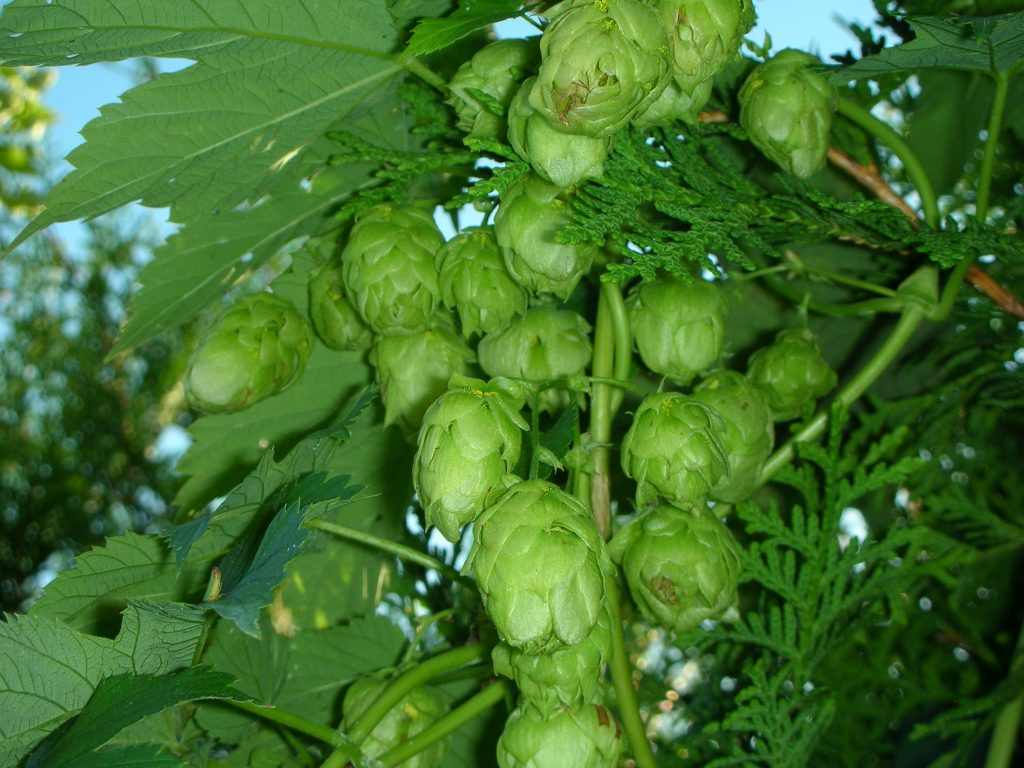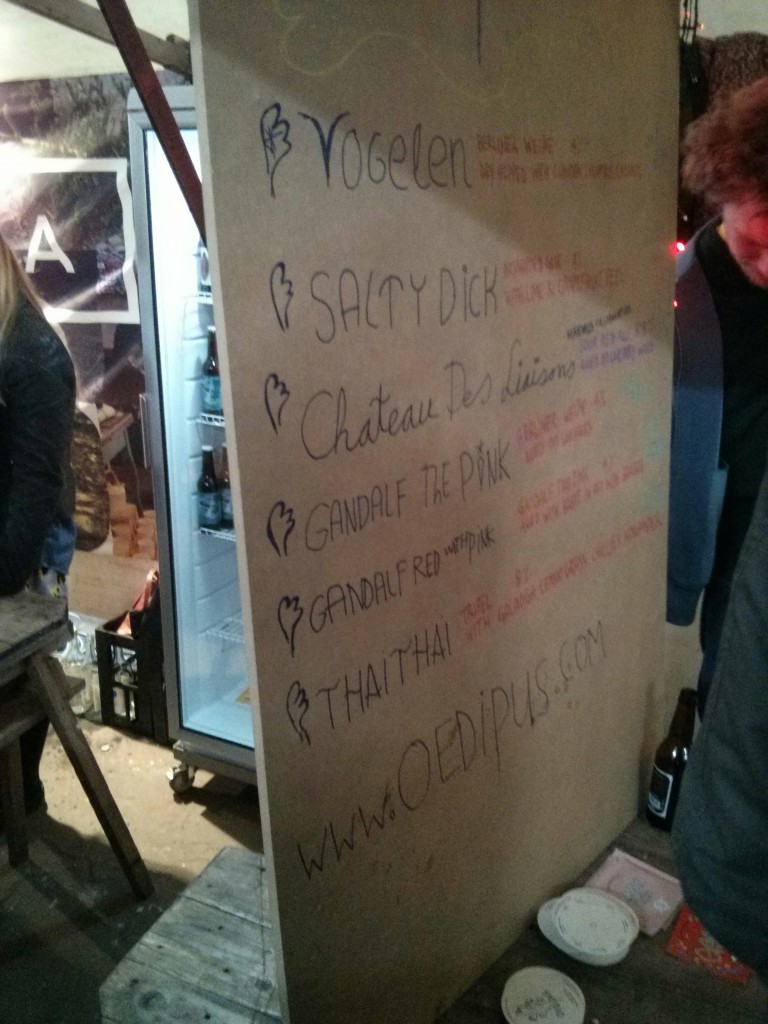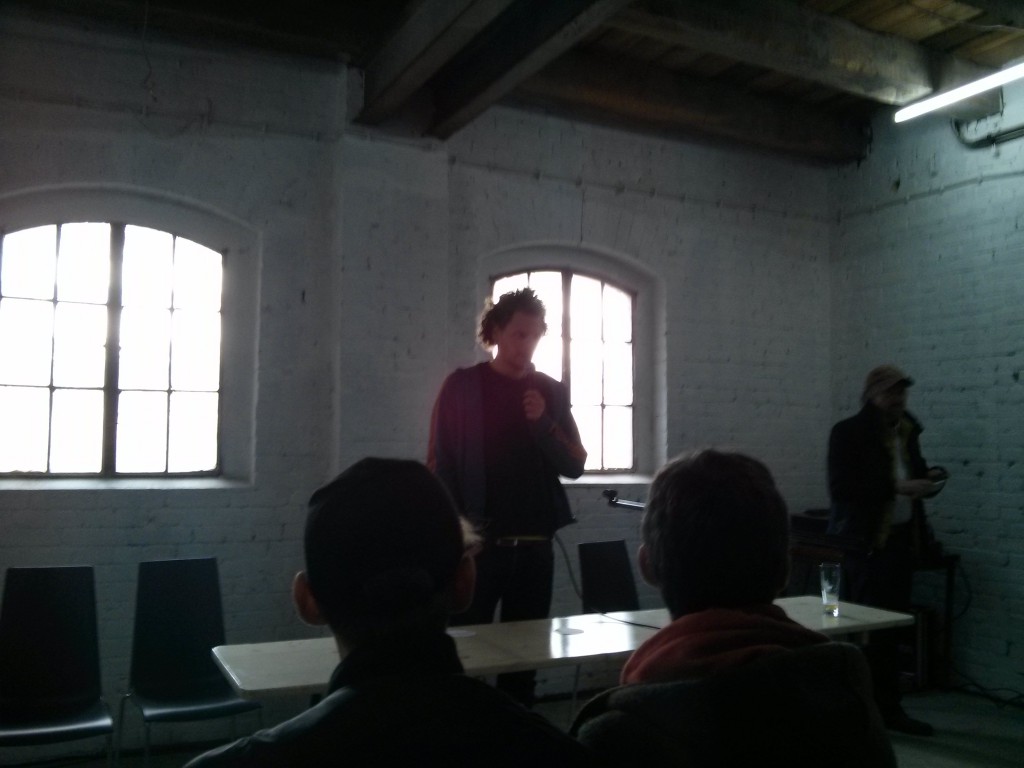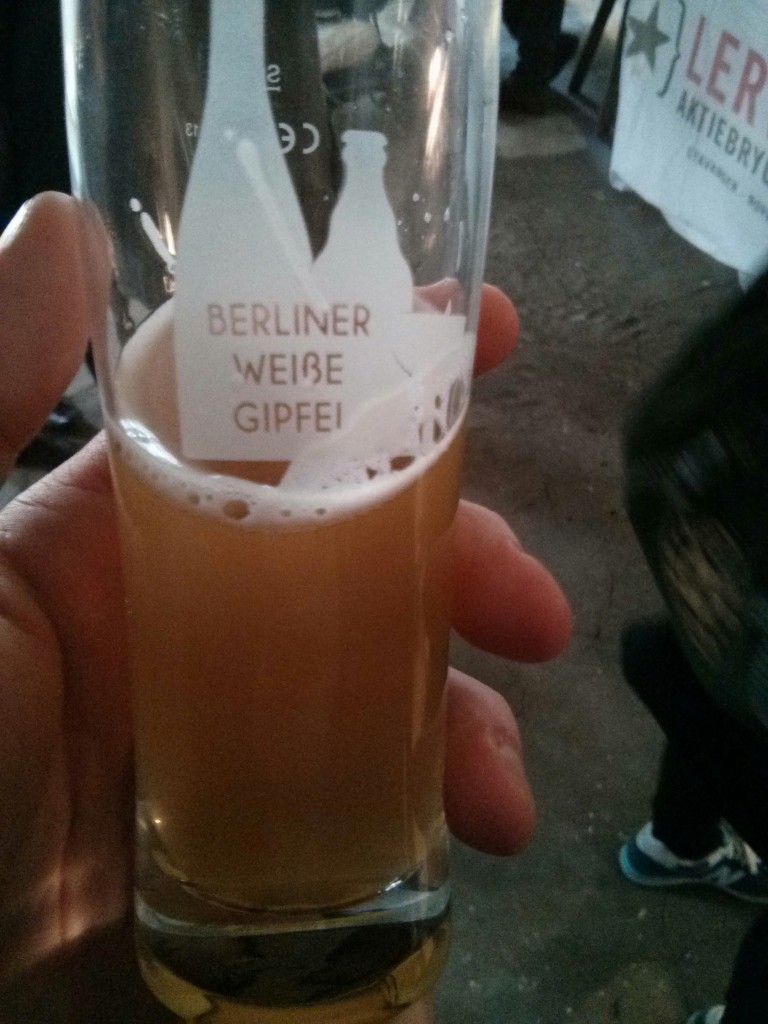One of the distinctly Bavarian beer styles still around nowadays is Weißbier (sometimes spelled Weissbier), which literally translated to “white beer” in English. Modern Weißbier is a top-fermented beer with around 11 to 13 °P original gravity, a grist of at least 50% wheat malt, low hopping, and a distinctly estery and/or phenolic aroma and flavour reminiscent of banana and/or cloves. Until the last few decades, it’s only been popular in Bavaria, and even there, it used to have the image of a drink that was mostly consumed by elderly women, not unlike Milk Stout in the UK.
You will quite often read about this beer style that the “Weiß” in “Weißbier” is allegedly referring to its wheat content, often alluding that “Weiß” (white) and “Weizen” (wheat) have the same etymological origin. From what I could find out, this is not necessarily the case.
The origins of Weißbier apparently lie with Bohemian white beer that became popular in Bavaria in the late middle ages. With the various beer purity laws enacted in 1469, 1487, 1493 and 1516 in Bavaria or parts of it, brewing with wheat was prohibited for the common folk. Brewing Weißbier was an exclusive privilege that was first handed to the Degenberg dynasty, and was later taken back by the Wittelsbach dynasty, who also happened to be the rulers of Bavaria, so producing Weißbier was practically a state privilege. Only in 1798, this exclusivity was repealed, and privileges were sold to other breweries. State-run breweries were eventually sold or leased out. One of the leaseholders of one these breweries, in particular Weißes Hofbräuhaus in Munich, was Georg Schneider. In 1873, Georg Schneider started his own brewery, as the lease for Weißes Hofbräuhaus was about to run out. Since he was leaseholder, he had the brewing privilege and the right to all ingredients, and thus was able to take both the privilege and the original yeast from Weißes Hofbräuhaus over to his new brewery. That new brewery is now known as Schneider Weisse, but have moved their headquarter and production facilities away from Munich since then. So Schneider Weisse, in terms of their origins as business, and in terms of the originality of their yeast, have a well-documented provenance.
But what was Weißbier like back then? From what I could find out, it did show quite a few differences to the modern product. First of all, the name. Nowadays, Weißbier (white beer) and Weizenbier (wheat beer) are treated as synonyms. In Germany, if you want to call your beer after the type of malted grain that you used in it, it needs to contain at least 50% of it in its grist. But in the past, Weißbier had a different meaning.
Generally, beer in Germany used to be classified in two different types, Weißbier (white beer) and Braunbier (brown beer). The distinction was in the malt: kilning technology in the middle ages and early modern era was rather primitive, and well until the early 19th century, smoke kilns were in use. These smoke kilns not only gave all the malt a smokey taste, it was also rather hard to control the temperature with which the green malt was kilned. Under such circumstances, it was basically impossible to gain an exact control over the malt colour, so all kilned malt was brown and smokey. To produce a pale malt, the easiest option was to simply air-dry it. The green malt was spread out in a well-covered place with a constant draft to slowly dry it out without applying any additional heat. Of course, that process took a lot longer and was more laborious that kilning, and the resulting malt couldn’t be kept for long because it tended to spoil quickly and get mouldy. With the difference in these malts, brown beers were made from brown (i.e. kilned) malt, while white beers were brewed using pale, air-dried malt.
When we look at historic sources, we indeed find an indication that Bavarian Weißbier was not necessarily brewed with wheat. One such source is a book called “Die Bayerische Bierbrauerei oder die Brauerei der braunen Biere und des weißen Gerstenbieres, […]” written by Friedrich Meyer and published in 1830, whose title translates to “The Bavarian beer brewery or the brewing of brown beers and of white barley beer, […]”. Well, that just gives it away. In the book itself, the author writes that Weißbier is brewed from only slightly kilned malt or alternatively air-dried malt. There was a difference in fermentation as well: while brown beers were bottom-fermented, white beers were top-fermented. That shows how dominant bottom-fermentation in Bavaria was. Because of the top-fermentation, it could also be done in warm weather, and thus was a perfect beer to be produced during the summer.
The author also notes that if wheat is not too expensive, a bit of wheat malt can be added, at a ratio of half a Metze of wheat malt for every Schäffel of barley malt. A Metze is 21.6 liters, while a Bavarian Schäffel was 222.36 liters, so that means only about 5% of wheat malt in the overall grist. That’s not a whole lot, and even totally optional according the author.
Interestingly, the author also mentions that Weißbier in Bavaria is in decline, and he partially blames the brewers for it. Some of them even openly mentioned to him that “one had to deliberately make a bad Weißbier so that the brown beer can be sold more easily”. He counters that top-fermented beers that can be consumed 3 to 4 days after fermentation is completed and that it can be sold within only a few weeks means less tied-up capital and less risk for the brewer.
The same author published an updated version of his book in 1847 under title “Die bayerische Bierbrauerei in all ihren Theilen […]”. It also contains a chapter about Weißbier. In there, the author makes a specific distinction between “weißes Weitzenbier” and “weißes Gerstenbier”, i.e. white wheat beer and white barley beer, both of which were commonly called Weißbier. He again mentions that it’s a beer style in decline, praises it for its refreshing qualities in the summer time, but also describes it as a drink that was more common in the countryside, and, because of its relatively low price compared to lager beer, popular among poor people.
The recipe described in 1847 differs from the previous one from 1830: this time, it’s at least one Metze of wheat malt for every Schäffel of barley malt. But even that means only about 10% of wheat malt, although it can be more. Another difference of Weißbier compared to brown beer was the malt itself: the rootlets of malt for Weißbier was allowed to grow longer, which might be an indication that malt for Weißbier was more modified than lager malt.
Weißbier brewed from wheat on the other hand is described as made purely from wheat malt alone. It’s described as less perishable than Weißbier made from barley malt. Other than that, the processes of brewing it are the same.
Both versions of the book say that Weißbier is brewed with a method called “auf Satz brauen”, which is a rather complicated method that involves multiple mashes with cold and hot runnings being drawn off at various points. I shall discuss this at a later point in time, also because I haven’t fully understood the method myself.
Other sources confirm the descriptions found in both of Meyer’s books: in Handbuch für Bierbrauer by P. Müller (1854), the author describes Weißbier as top-fermented, with a grist of 1/2 to 3/4 Metzen of wheat malt per Scheffel of barley malt (a different spelling of Schäffel, in case you wondered), and that it’s brewed both in summer and winter. The author also provides information about the original gravity: 10 to 10.5% extract. That’s actually a bit less than modern Weißbier.
All three sources describe about the same hopping rate: about 1 to 1.5 Pfund of hops per Schäffel, and the hops are boiled for 45 minutes to one hour.
So, with all the parameters that we know about Bavarian Weißbier in the first half of the 19th century, we can convert all these old units to modern ones and scaled it to the typical recipe size for homebrewers, and end up with a recipe like that:
- 3.6 kg Pilsner Malt (93.5 %)
- 0.25 kg Pale Wheat Malt (6.5 %)
- 25 g Hallertauer Mittelfrüh (3 % alpha acid)
- 1 pack of Bavarian Weißbier yeast, e.g. Wyeast 3068
In my opinion, the particular mashing method wouldn’t have a big impact on the beer here, so I’d follow a simple mashing scheme like a Hochkurz infusion mash. Mash, lauter, sparge as usual, boil the wort for an hour, add hops at the beginning of the boil. Chill wort to 20 °C, pitch yeast. The resulting beer should look like that:
- OG 10.5 °P (1.042)
- 4.4 % ABV
- 10 IBU
- 5.5 EBC (2.8 SRM)
Most of the beer’s character would come from the expressive yeast. If you want to be even more adventurous, you can try and make a starter from the dregs of a Schneider Weisse bottle. With a lower alcohol content than modern Weißbier, it would probably be even more refreshing, certainly a great summer beer. And last but not least, the beer, compared to a modern version, would show how much of an impact the use of wheat malt makes on the beer’s overall character. My guess is: not so much. But then, I haven’t brewed this beer yet.




